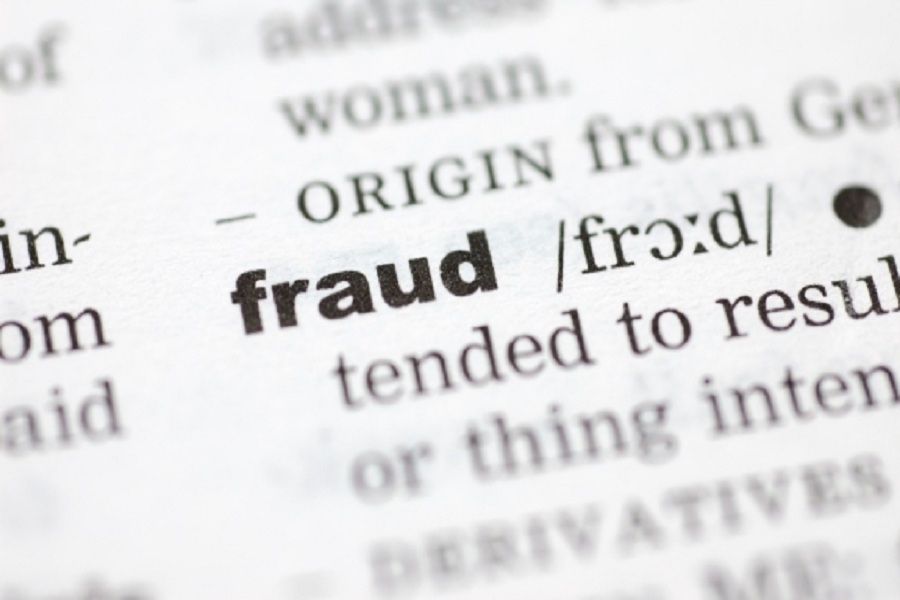A new entry point for gold investors takes on GLD
Bank of Montreal strikes while the metal is hot.
Just as gold is regaining its luster with investors, Bank of Montreal’s new gold deposit receipt program offers a new way to tap into the market for the precious metal.
The Bank of Montreal’s gold deposit receipt program, GOLDRs, which is aimed at U.S. investors, is SEC-registered and DTC-eligible, making it easier for financial advisers to hold inside client accounts.
But like most other gold investing options, this new platform is criticized by some for still falling short of a being a silver-bullet solution for investors.
“I don’t know how much of a market there will be for something like that,” said Jerry Wagner, president of Flexible Plan Investments.
“One advantage is that it puts the gold into a brokerage account, which is an attraction to some,” he added. “But I’ve found that people who are really interested in owning physical gold usually want to have their hands on it.”
Buying gold through the Bank of Montreal’s program, which launched Feb. 4, stores the gold at Royal Canadian Mint locations in Ottawa, Winnipeg and Vancouver.
But what some see as a downside of GOLDRs is actually being promoted as a selling point by BMO Capital Markets managing director Simon Carling.
“Physical gold bullion is not DTC eligible, and that creates possession and control issues for investors and financial advisers that have to turn to unregulated private storage,” said Mr. Carling, adding that Depository Trust Company eligibility “solves the possession and control issues for the custodian by making the gold reflect-able in brokerage or fee-based accounts.”
Gold investing, as illustrated by the explosive popularity of the $30.8 billion SPDR Gold Shares ETF (GLD), continues to gain popularity among investors even as the price of gold ebbs and flows through various market cycles.
Gold is currently trading at just over $1,200 an ounce, which is down more than 35% from the 2011 peak of nearly $1,900 an ounce. But, global currency depreciation and central bank policies, have been fueling a new run for the precious metal and its various investing proxies.
GLD, which fell by 2.2% last year, is up 8.7% this year through Friday.
For comparison, the S&P 500 Index, gained 13.7% last year and is up just 0.02% this year.
The Market Vectors Gold Miners ETF (GDX) lost 12.4% last year, but is already up 21.3% this year.
In the commodity-precious metals mutual fund category, the Gold Bullion Strategy Investor Fund (QGLDX), which is managed by Mr. Wagner of Flexible Plan Investments, declined by 3.8% last year and is up 8.3% this year.
The equity precious metals category, as tracked by Morningstar Inc., declined by 10% last year, but has a category average gain of 9.5% so far this year.
“We bought some more gold in November when it was around $1,100, and we’re pretty bullish on it for the next six months,” said Janet Briaud, founder of Briaud Financial Advisors.
Ms. Briaud, who said her clients currently average about 7.5% in gold exposure, believes the global economy and quantitative easing efforts are making a strong case for gold right now.
“If you’re sitting in Russia or Greece, you’re going to want to own gold, and that’s going to drive up the price,” she said.
In terms of owning physical gold through something like GOLDRs, which charges a one-time 2% purchase and storage fee, she said the price sounded reasonable.
“Your cost for buying physical gold can be huge,” she said. “You can pay up to 10% at some places.”
Mr. Carling of the Bank of Montreal is banking on investors comparing the initial upfront cost to the ongoing cost of the most popular alternative, GLD, which charges 0.4%, in addition to a share price that can trade at a discount or a premium to the fund’s net asset value.
“We’re not in the business of throwing stones at ETFs, but we don’t charge an annual fee,” he said. “Our product is just another tool for investing in gold.”
State Street Global Advisors, which manages GLD, described GOLDRs as another means of investing in gold.
“I think [Bank of Montreal] developed an innovative solution for investors looking for different access points,” said Dave Mazza, head of ETF research at SSGA.
“Over the long run, we found that GLD in the exchange traded product structure is something investors are embracing,” he added. “I think [GOLDRs] is more complimentary than a threat to GLD.”
Todd Rosenbluth, director of mutual fund and ETF research at S&P Capital IQ, gave the liquidity nod to the ETF over GOLDRs, which could require a day or more to sell.
“The benefits of being on an exchange is that liquidity will always be there,” he said. “You can act intraday, and you always know the price, but there is that issue of premiums and discounts to net asset value.”
Learn more about reprints and licensing for this article.








